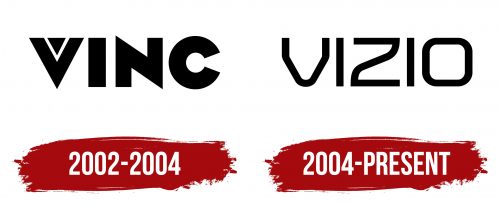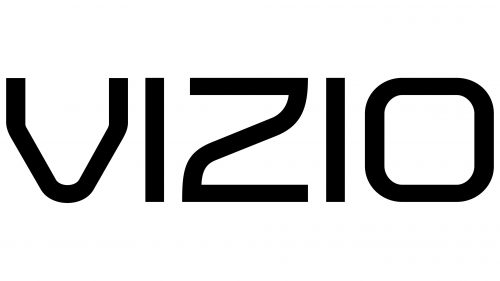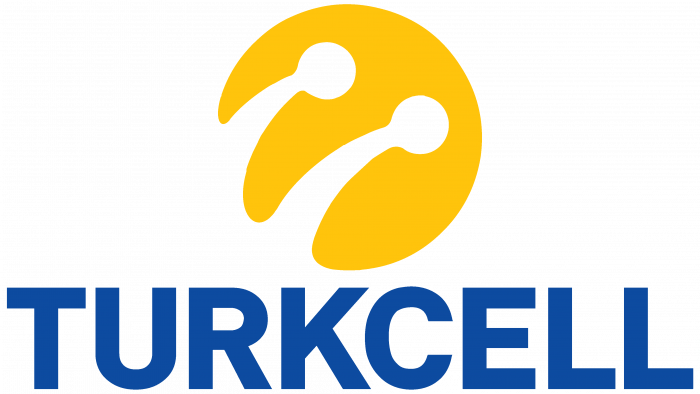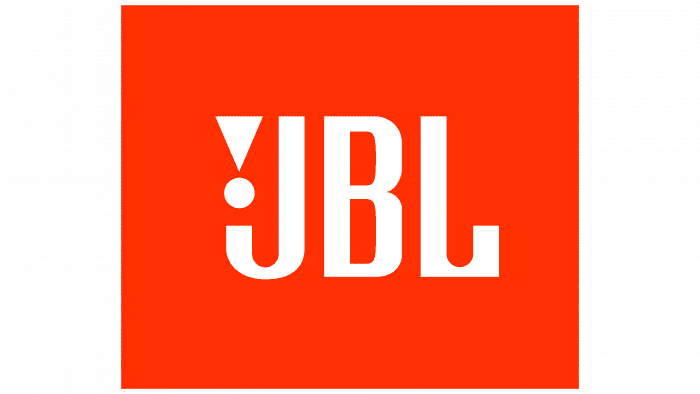The VIZIO logo resembles curved antennas and wires, symbolizing technological excellence and the company’s advanced approach. Every element of the emblem reflects a commitment to innovation and high quality. The sharp lines and modern design represent engineering precision and the idea of clarity in sound and image, which are the brand’s top priorities. The minimalist style and carefully chosen color scheme emphasize the clarity, functionality, and high standards inherent to the company.
VIZIO: Brand overview
William Wang founded VIZIO in Irvine, California, in 2002, marking the beginning of the company’s history. Wang, who had previously worked at Princeton Graphics, saw an opportunity to create high-quality televisions at competitive prices. Initially, the business was called V Inc., but it soon adopted its more recognizable name.
The company sold plasma televisions in its early years, moving only 3,500 units in the first year. Despite this modest start, Wang and his team were confident in their business model, which aimed to offer premium TVs at prices lower than the competition.
A significant turning point came in 2004 when the company signed a deal with Costco, allowing its televisions to reach a broader market. This partnership led to a sharp increase in sales. That same year, the brand entered the flat-panel TV market by introducing its first LCD television.
By 2006, the company sold over a million units annually, gaining a reputation for providing large-screen TVs with solid picture quality at much lower prices than established brands. This strategy resonated with value-conscious consumers.
In 2007, the brand reached a major milestone by becoming the top seller of LCD TVs in North America, surpassing well-known industry giants like Samsung and Sony. This achievement was remarkable for such a young company and solidified its market position.
The business expanded into the home theater market in 2008, offering surround sound systems and soundbars. The following year, the company introduced its first LED TVs and debuted models with Internet app connectivity, positioning itself for the emerging smart TV era.
Although the 3D TV market never fully took off, the company remained at the forefront of technology trends by entering this space in 2010. In 2012, it ventured into personal computing with a line of laptops and tablets, though this segment wasn’t as successful as its core TV products.
In 2014, the company launched the P-Series, a line of high-end 4K Ultra HD TVs, allowing it to compete in the premium TV segment while maintaining its reputation for value. The following year, quantum dot technology was introduced to improve brightness and color accuracy in its televisions.
In 2016, a major shift occurred when Chinese company LeEco announced plans to acquire the business for $2 billion, but the deal fell through due to regulatory challenges. In 2017, the company faced legal issues when it was found to have collected user viewing data without proper consent, leading to a settlement and a commitment to improve transparency.
The brand continued to innovate, introducing SmartCast 3.0 in 2018, which enhanced its smart TV platform and improved the overall user experience. By 2019, it entered the high-end market with its first OLED TV line.
In 2021, the company went public, listing on the New York Stock Exchange, and was valued at around $4 billion during its IPO. The additional capital provided opportunities for further growth and innovation.
As of 2022, the company thrived in the TV and home entertainment market, continually improving its picture quality, sound systems, and smart TV platforms. By 2023, the brand had maintained its position as one of the top TV manufacturers in North America, offering high-quality products at affordable prices while expanding its advertising division through targeted ads based on viewing data.
From its humble beginnings, this company has grown into a leading player in the North American TV market, continually pushing the envelope in smart technology and display advancements.
Meaning and History
What is VIZIO?
This American electronics giant revolutionized home entertainment by offering affordable, multifunctional televisions and sound systems. Now, customers looking for the latest display technologies without exceeding their budget choose this brand. The company offers a wide range of products, from high-quality soundbars to smart TVs with modern designs. The SmartCast technology, which easily integrates with mobile devices and streaming services, turns the brand’s TVs into full-fledged entertainment hubs, providing access to content from popular providers.
2002 – 2004
The company’s original emblem features the letter “V,” which refers to the word “vision,” representing foresight and outlook. The logo seamlessly integrates with “Inc,” giving it unity and completeness. The bold font emphasizes the company’s stability and confidence in providing essential goods and services in its field and the reliability of its products.
The pointed ends of the glyphs hint at the brand’s uniqueness and selectivity, showcasing its ability to incorporate the latest technologies and highlight its modern positioning. A distinctive feature of the logo is a small triangle embedded in the “V.” This element symbolizes the company’s two key directions—video and sound. The white lines of the triangle, resembling wave paths, cut through the black background, converging in the center and evoking the image appearing on a screen.
2004 – today
The Vizio logo reflects the brand’s evolution and pursuit of modernity and minimalism. When the brand changed its name to Vizio, it was decided to use a style that would convey innovation and technological progress. The visual mark is designed in a minimalist style, consisting of clean lines and refined glyphs. This highlights the company’s commitment to concise and functional solutions, which also align with the trends of the time.
The letters in the logo have strict shapes with soft curves, reminiscent of the contours of modern technological devices. For example, LCDs and wires, which have streamlined and ergonomic forms, are reflected in this font. This symbolizes smoothness and technological simplicity, which is important for a brand that creates accessible and intuitive technology.
The emblem’s color scheme is black, emphasizing the company’s products’ stability, reliability, and high quality. Black is often used in electronics, as it visually reduces objects, making them stylish and modern. It also indicates that the company’s technology is becoming increasingly thinner and lighter.






